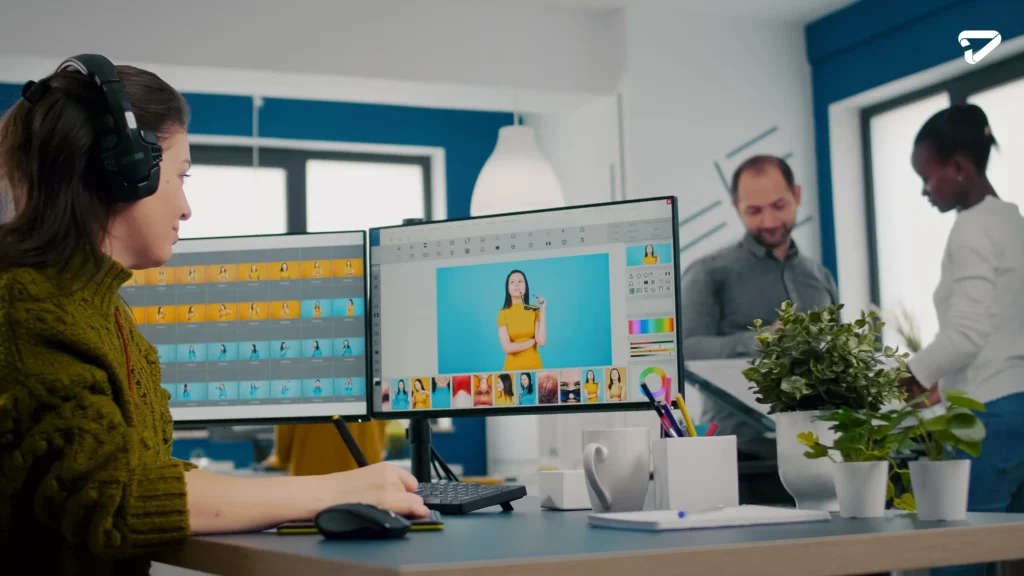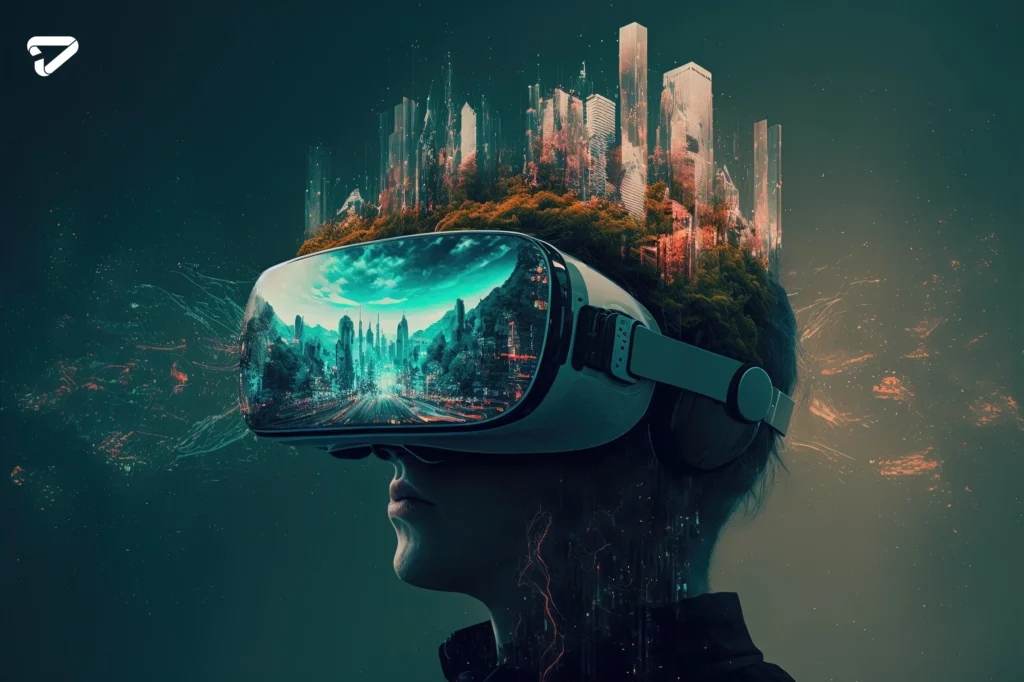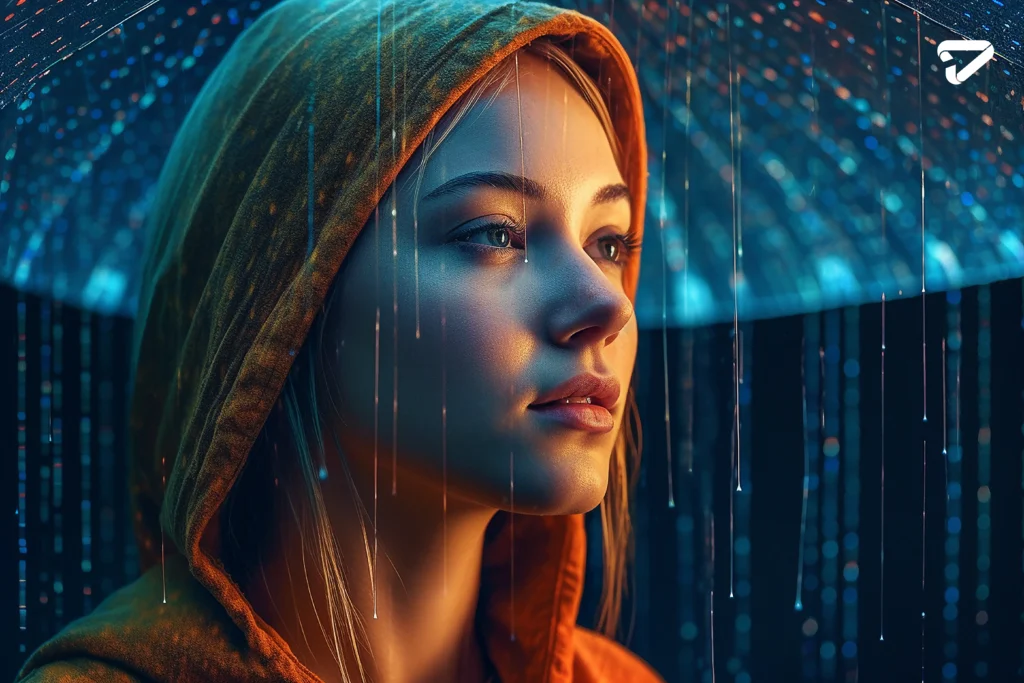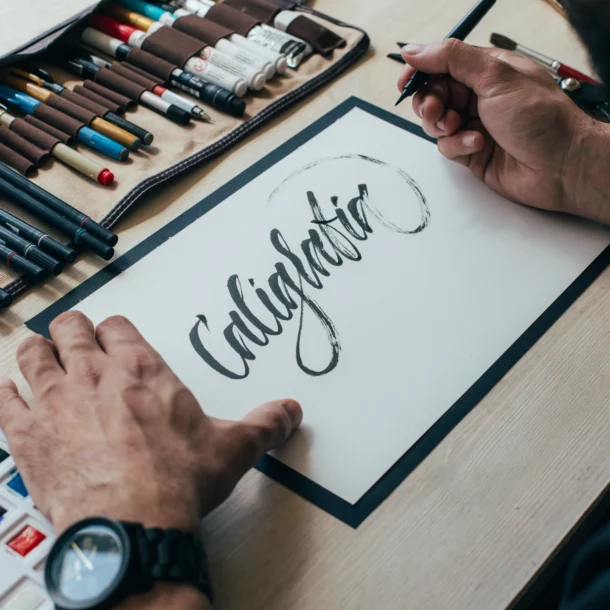
Web Design Trends: What’s Hot
The Future of Design: Exciting Web Design Trends for 2024
The internet moves fast, and modern web design moves even quicker. With new technologies and innovations constantly emerging, website creators must stay nimble to keep up with the latest trends. After all, you don’t want your digital presence to look stale or dated.
In exploring web design trends, web design tools play a crucial role, enabling designers to seamlessly incorporate the latest styles and functionalities into their projects.
In 2024, digital marketing trends in web design emphasize personalized user experiences, AI-driven content, interactive elements, and seamless integration with social media platforms.
Web Design That Adapts to You
Thanks to huge advances in artificial intelligence and machine learning, websites in 2024 will offer ultra-personalized experiences for each visitor. Dynamic interfaces will customize layouts, product recommendations, color schemes, and more based on individual user data and behavior. For example, an activewear e-commerce site might highlight yoga gear for customers who view many yoga items. This tailored approach helps visitors feel “seen” and catered to.

Immersive Storytelling Takes Hold
Leading sites are finding ways to evolve static, text-heavy pages into engaging, interactive adventures. Long scroll websites with parallax effects pull users through riveting narratives about a brand’s people, products, or purpose. Clever interactive accents like quizzes, 3D interface elements that react on the scroll, and clickable hotspots sprinkle in surprises just when attention might wane. The goal is crafting satisfying journeys versus disjointed collections of pages.
By anticipating where web design is heading in 2024, you can make smart choices to help your website stand the test of time while still feeling cutting-edge. Read on for an inside look at the web design trends expected to take the world by storm in the coming year.
New Dimensions of Visual Interest
Flat, vector-based graphics have dominated websites for years. But new trends add welcome dimensions that pop off the page, like:
Sculptural Glassmorphism
Glassmorphism adds depth using transparent, layered glass-like textures and shadows on interface elements like search bars, buttons, and cards. The effect brings dimension while maintaining a clean, modern vibe.
3D Illustrations
Sophisticated 3D rendering computer programs allow illustrators to create elaborately detailed worlds, characters, and scenes. We’ll see these stunning visuals incorporated through scrolling animations, virtual journeys, and cinematography with subtle motion.
Embedded Animated GIFs
Once frowned upon by serious designers, GIFs embedded in websites are making a comeback with better optimization for quick loading. These silent micro-videos infuse visual interest at crucial moments when attention might lapse.

Website Design Gets Friendlier
Many modern web design styles have favored minimalism to the point of feeling cold or generic. In 2024, sites will balance sleek layouts with playful touches to add warmth while still representing brands appropriately across industries, like:
A Healthy Nostalgia
Borrowing retro graphics from the 80s, 90s, and Y2K eras is a low-lift way to inject fun visual interest. Abstract backgrounds, neon pops of color, and other throwback elements can make even the most corporate or niche website more lively.
Kinetic Typography Adds Excitement
Kinetic methods that fuse motion graphics, audio voiceovers, transitions, and animations into text elements are taking center stage. Immediately eye-catching, this trend adds energy to typically static headers, captions, and blocks of body copy. But use a gentle touch to avoid overwhelming visitors.
Sparking Joy Through Vibrant Color
Vibrant, multi-tone gradients have edged out solid blocks of color to become a staple across visually compelling websites. The color blending effect adds depth, allowing brands to incorporate a broader swatch of their signature hues.
The Rise of "Phygital" Experiences
Forward-thinking websites will blend the best physical and online worlds to offer “phygital” experiences. Visitors can virtually try on makeup, assess how furniture fits their rooms, and much more, thanks to augmented reality (AR). Other sites connect audiences in robust online communities through chat forums, virtual events, and meetups. These digital/physical mashups provide tangible value beyond static pages.

Website Design Goes Green
Eco-consciousness is permeating society, so brands want websites reflecting sustainable values. Subtle earthy color palettes, green fonts made of living plants, and spotlighting carbon footprint or environmental initiatives signal values alignment. Leaders understand sustainability and social responsibility now factor heavily into consumer purchasing criteria.
Data Privacy and Protection Ascend
Between policy changes like GDPR and consumer wariness around cyber security, website visitors are more concerned about protecting their personal information than ever. Design choices prioritizing transparency around how user data gets collected and leveraged build immediate trust. Clear messaging explaining encryption methods or allowing cookie opt-outs signals respect for privacy.
AI-generated Imagery
The use of AI-created images on websites is expected to surge dramatically over the next few years as image generation tools like MidJourney and DALL-E 3 rapidly advance, allowing anyone to create stunning visuals easily. By 2024, AI-generated graphics may be indistinguishable from photos and hand-drawn art, transforming web design with more dynamic and abundant imagery.
However, ethical issues arise regarding using computer-fabricated pictures of people who don’t exist, especially for nonprofits wishing to portray real individuals helped by their services. Despite some inevitable backlash, these evolving AI tools’ immense creative potential and simplicity will likely outweigh concerns for many website owners previously limited by a lack of photographic resources or design skills. We may also begin seeing AI systems producing increasingly realistic video content to complement sites. The AI imagery trend significantly shifts how websites integrate visuals and engage users through evocative, customized graphic elements.

Building In Accessibility for All
Incorporating web design best practices, such as mobile responsiveness and intuitive navigation, is crucial to staying ahead in 2024’s ever-evolving web design trends.
With over 1 billion people in the whole world living with disabilities that impact web browsing, accessibility is no longer an afterthought. Forward-looking sites will conform to level AA of the widely adopted Web Content Accessibility Guidelines (WCAG) criteria. Elements like ALT image text, strong color contrast, descriptive links, and audio/video content transcript alternatives enable more inclusive experiences.
Like fashion, web design trends tend to come in cycles rather than permanent installations. Some may turn out to be fads, while others evolve into standards. Monitor emerging trends, but not everyone must adopt them, significantly if the juxtaposition might diminish your brand identity.
The most skillful designers understand when to follow the herd and when to selectively buck the trends to make choices that best serve each unique website. With an inside track on what’s shaping up in 2024 and a firm grasp on the foundational principles of effective websites, you’re equipped to build stunning pages ready for the coming year. Also, give our graphic design services charlotte a shot to see how we can empower your designs.
if you want to know about web design common mistakes lets diving to the article.








